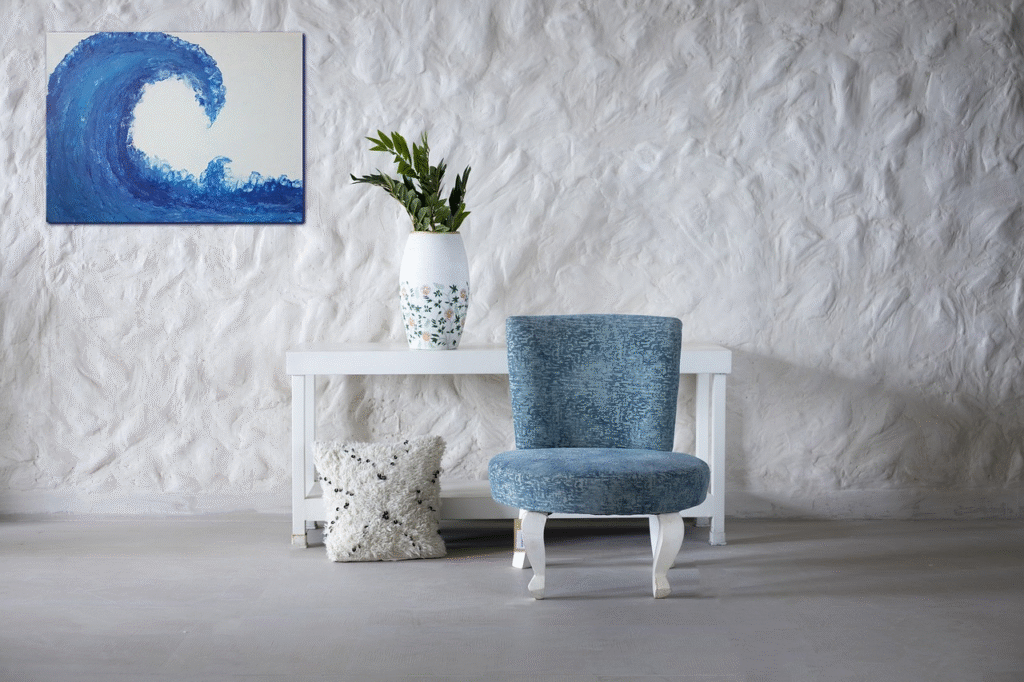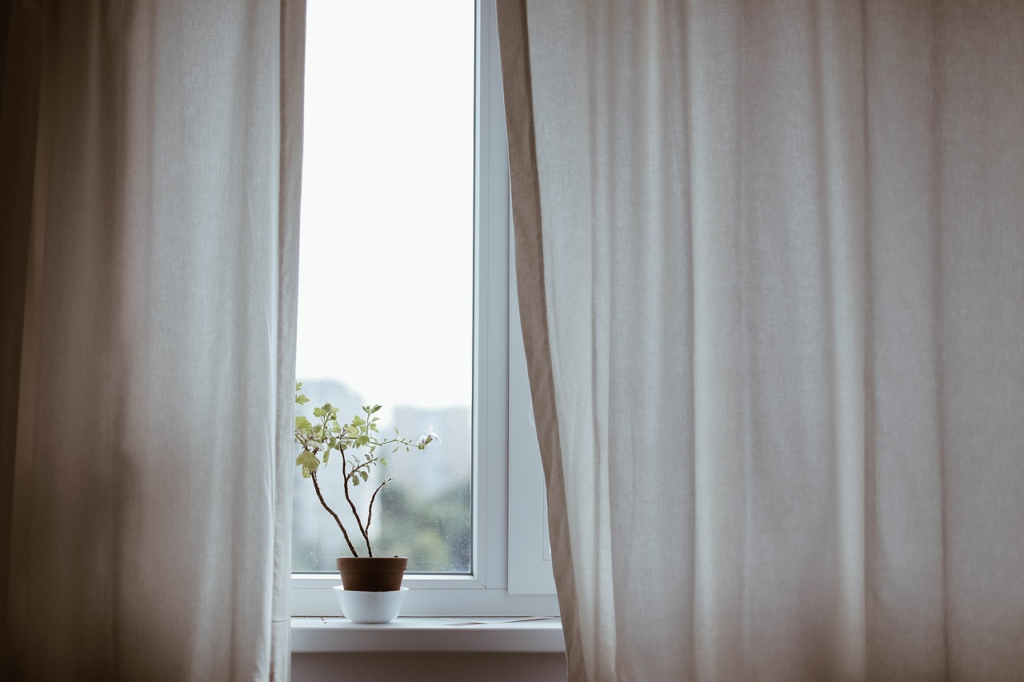Wall color and condition can influence how a room feels, even more than the furniture or decor. Over time, interior paint naturally deteriorates. It might be gradual, but at a certain point, fresh paint becomes more than a visual upgrade—it’s a necessity. Knowing when to repaint can prevent damage, preserve home value, and refresh your living space.
Peeling or Cracking Paint
When paint begins to peel or crack, it’s not just an eyesore—it’s a sign that your walls need attention. This kind of deterioration happens after long exposure to humidity, poor surface preparation before painting, or simply age. If left untreated, cracks can deepen, and peeling can spread, revealing bare walls underneath and even leading to surface damage. This is where painters who work indoors can step in with the right materials and methods to address the problem. They can smooth over uneven textures, treat any underlying issues, and apply a durable coat of paint that restores the wall’s integrity. Ignoring these signs might lead to more extensive repairs in the future.
Fading or Discoloration
Colors that once looked rich and balanced can gradually lose their depth. Fading paint is a typical result of prolonged sunlight exposure or frequent contact with moisture, especially in kitchens and bathrooms. Lighter colors tend to show wear more quickly, but any shade can become patchy or dull with time.
Discoloration might also appear in the form of stains that won’t wash out. Water marks, smoke residue, or fingerprints can become permanently embedded in older paint, making cleaning less effective. A fresh coat of paint covers these blemishes and restores the original look, or gives you a chance to update the color entirely.
Hard-to-Clean Walls
Walls painted with flat or matte finishes can become harder to clean as they age. Over time, even gentle wiping can leave streaks or remove some of the paint itself. If regular cleaning no longer restores a clean surface, it might be time to repaint.
This is particularly common in high-traffic areas like hallways, children’s rooms, and kitchens. Repainting gives you the option to switch to a more washable finish, like eggshell or satin, that resists marks and is easier to maintain. In homes with kids or pets, this change alone can make a noticeable difference.
Outdated Colors
Color trends shift, and personal tastes evolve. What looked perfect five or ten years ago may no longer suit your preferences or the current style of your home. A paint color that once felt modern can now make a room feel dated or dark.
Repainting is one of the simplest ways to update a room without major renovation. Whether you’re aiming for a soft neutral, a bold feature wall, or something more calming, a fresh color can change how a space feels and functions. A new coat of paint is a chance to reflect how you live now, not how you lived when the walls were last painted.
Interior paint doesn’t last forever, and the signs of wear are hard to ignore once you know what to look for. Cracking, peeling, fading, and outdated colors all suggest it’s time for a change. When walls stop looking fresh or start resisting your cleaning efforts, a new paint job can bring them back to life. A professional touch can go a long way in making your home feel renewed and well cared for.






